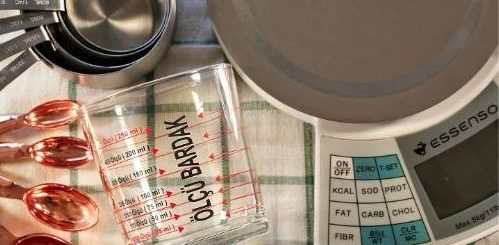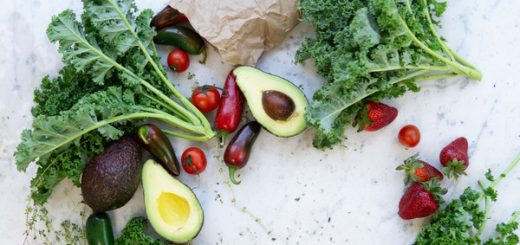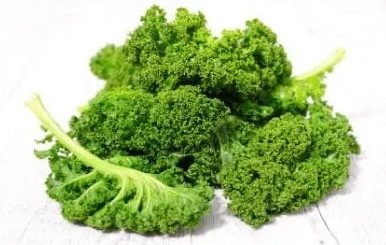How to Grow Olives in Pots?

Olives have been the precious treasure of the Mediterranean region for thousands of years. These magnificent trees not only provide delicious olive oil and fruits that are beneficial for health, but they also have great spiritual and cultural significance.
Olive farming is a way of life that goes beyond simply discovering the magnificence of the olive. This blog post will serve as a guide for anyone interested in olive cultivation. Whether you own a rural land or want to grow it in pots, you will discover the basics of olive tree cultivation and travel through the fertile world of olives.
Remember, olive cultivation will open the doors to a delicious heritage that you will carry from nature to your table and invite you to the magical world of olives.
Materials Required for Growing Olives
- Dwarf olive seedling
- medium size flower pot
- Fertilized plant soil
How to Grow Olives in Pots?
Although large olive trees and olive gardens come to mind when it comes to olive cultivation , olives can also be grown in pots at home. You can grow olives at home in a balcony environment. For this, we recommend the method of growing from seedlings. You can start olive cultivation from a pot by purchasing a dwarf olive seedling. You can then place your growing seedling into the garden environment.
- First, add loose, fertilized soil up to half of the pot, which is not too small.
- Place the dwarf olive seedling in the middle of the soil and fill the surrounding area with the remaining soil.
- Make sure the soil remains loose so that the roots of the olive seedling can hold on to the soil. Therefore, you should not put pressure on the soil.
- After covering the roots of the seedling with fertilized soil, give the pot its first water without leaving it in too much water.
- Thanks to the life water you provide, the roots will become more alive in a short time and will embrace the soil.
Tips for Growing Olives at Home Step by Step
If you want to grow the olive tree in a pot, you can follow the steps below:
Step 1: Pot Selection
Choose a pot that is large enough for the olive tree to grow and has drainage holes. Make sure the pot is deep so that the roots can develop easily.
Step 2: Soil Selection
You can use a potting soil suitable for olive trees or general purpose garden soil. Make sure the soil is light and loose to ensure good drainage.
Step 3: Climate and Light Requirements
Olive trees prefer sunny and warm climates. Therefore, place the tree’s pot in a location that receives direct sunlight.
Step 4: Watering
Olive trees are plants with high drought tolerance, but they need regular watering. Irrigate without allowing the soil to dry out, but without causing water accumulation. Wait for the top layer of soil to dry and then provide adequate water.
Step 5: Fertilization
You can use an organic fertilizer to grow and nourish the olive tree. Apply a plant-nourishing fertilizer regularly during spring and summer. Adjust dosage according to fertilizer instructions.
Step 6: Pruning
Olive trees can be shaped by regular pruning. Usually prune in spring or summer. Encourage healthy and orderly growth of the tree by cutting off excess and diseased branches.
Step 7: Fighting Diseases and Pests
Olive trees are generally hardy, but can struggle with some pests such as aphids, spider mites and scale insects. If you notice signs of pests, intervene using appropriate pesticides or natural control methods.
What are the Required Conditions for Olive Cultivation?
- Sunlight is the most important factor for growing olives in a productive environment. The olive tree, which loves temperate and humid climates, should definitely see the sun in the home or garden environment.
- Living room corners, in front of windows and balconies, and bright corners are very suitable environments for olive trees.
- You should not leave the olive tree in the dark. Since they do not like the dark, they will begin to rot and fade after a short time.
- The most important factor for organic olive cultivation is irrigation. Regular irrigation will also be important to get efficiency from the olive tree. You can keep the soil moist without leaving it in water.
- You can water by checking the soil during the day. You can use thin-tipped water bottles or spray bottles for irrigation.
- During the olive plant productionand care process, appropriate actions must be taken as the plant develops.
- After a while, the water need of the growing olive tree will increase. For this reason, you can increase the amount of water proportionally to the height of the plant.
- Olive growing stages are shaped according to the growth stages of the olive. The roots of the olive tree will grow and flourish over time. At this point, the size of the pot will attract attention.
- A coarse sandy potting soil increases the productivity of the olive tree. Keep in mind, olive trees will get bored and rot in small pots.
- Remember that the olive tree requires fertilization twice a year to increase its productivity. Aerate the soil every 6 months and add organic plant fertilizers to the soil. This process will help you get high yield from olives.
- From time to time, very small insects may appear on olive branches and leaves. These insects can also reduce yields. When insect infestation occurs during the olive production stages,it is beneficial to intervene quickly.
- During the period when insects attract attention, prepare water with a natural soap and wipe the surroundings of the pot, olive branches and leaves thoroughly. The insects will disappear after a short time.
- In order for the olive tree to grow highly efficiently, there should be no harmful substances such as smoke and cigarettes around it. Thanks to this tip, you can grow your olive tree in a healthy way for years without rotting.
- Olive cultivation and carerequires care and patience. Growing olives and obtaining crops from olive trees is not a short-term job or endeavor.
Can Olive Seeds Become a Tree?
Olive pits have a difficult germination process and often require stratification. However, the germination rate of olive pits can be increased and they can be planted directly without folding. For this purpose, the ends of the beans can be broken with special pliers or they can be kept in 1-5% caustic solution for 10-15 minutes to remove the oil layer on the beans.
How many years does it take for an olive tree to bear fruit?
Olive trees are extremely long-lived and usually live for an average of 300-400 years. In some cases, they can live up to 1,000 years. These trees can reach a height of 12-15 meters. They usually start bearing fruit at the age of 7-8 . Trees increase in fruit yield until they are 35 years old, but there is a decrease in fruit yield thereafter. Therefore, 100-year-old olive trees may need to be renewed.
What Should Olive Saplings Do to Grow Fast?
Fertilizer and plant nutrients can be used to contribute to the growth and development of olive trees. However, the presence of benzyladenine and gibberellin hormones, which are plant growth regulators that most effectively support rapid growth, ensure rapid growth and development of the olive tree. These hormones can help olive trees grow faster and develop efficiently.











